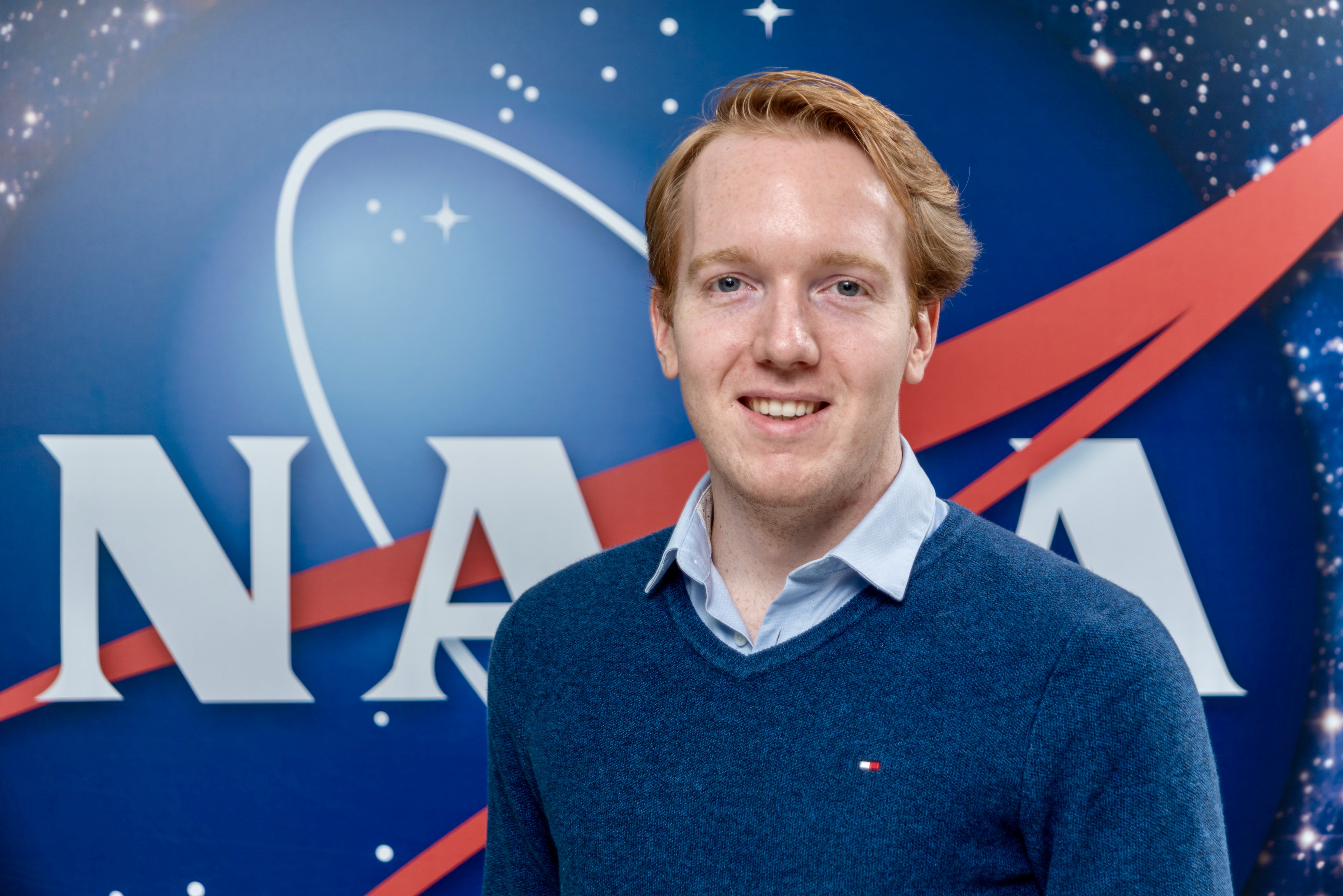Thibault Lechien
PhD Student
Max Planck Institute for Astrophysics

AI for Astrophysics
I am a PhD student at the Max Planck Institute for Astrophysics working on "Advancing stellar and binary evolution using machine learning" with Prof. Selma de Mink. I was previously a Research Assistant in the Astroparticle Physics Lab and the Gravitational Astrophysics Lab at NASA Goddard Space Flight Center. I have an MSc. in Computer Science from KU Leuven and research experience in applying AI to astrophysics in numerous projects at NASA and ESA.
Research interests
My current research interests involve solving interesting inverse problems in astrophysics. Coming from a computational science background, I see a huge potential for AI methods to be applied to these problems. Traditional (non-AI) methods are often too inefficient, cannot handle large datasets or suffer from analytic degeneracies. With the incoming wave of data from the current and future astronomical campaigns, astrophysics needs new methodologies.
Past projects
- During the first year of my PhD, we showed that when stars throw mass onto a companion star that is orbiting closely, this companion accretes a lot of the transferred mass. This is in direct conflict with commonly used theoretical models, which is why it was surprising! [doi.org/10.48550/arXiv.2505.14780].
- At NASA Goddard Space Flight Center, I did research on neutron star X-ray and Gamma-ray emission. In particular, we inferred the mass, radius and magnetic field geometry of neutron stars from NICER and Fermi data using neural networks emulators, speeding up simulations by 7 orders of magnitude at a minimal loss in accuracy.
- At ESA's Advanced Concepts Team, I implemented a novel approach to reconstruct Dark Matter distributions from stellar orbits in the Galactic Centre, eliminating the need to make assumptions on the physical composition of the Dark Matter distribution [doi.org/10.1051/0004-6361/202347738].
- As part of an Honour's project at KU Leuven, I constructed a neural network to reconstruct spectral functions (and complex poles) of confined particles in high energy physics. This generalized upon previous approaches and achieved state of the art performance on genuine lattice data [SciPostPhys.13.4.097].
Past talks
Talk at the Center for Astrophysics | Harvard & Smithsonian as part of the AstroAI workshop:


